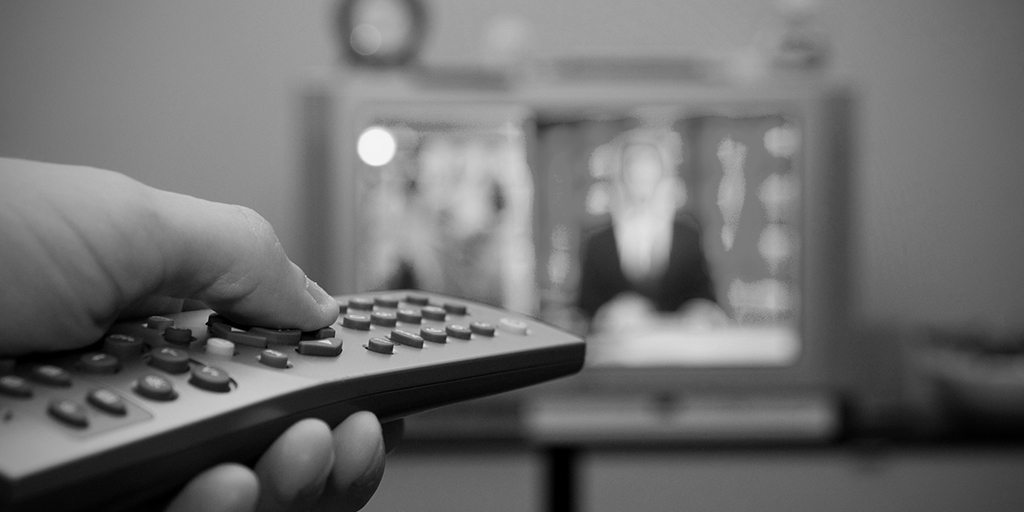In ABC v. Aereo, the Supreme Court, in a 6-3 decision, held that Aereo, Inc.’s subscription service – which gave subscribers access over the Internet to a miniature TV antenna and a miniature DVR housed in Aereo’s facility, allowing them to record over-the-air broadcast television signals (like the ones transmitted by your local ABC affiliate) and to re-transmit those recordings to themselves at a later time over the Internet – infringed the broadcasters’ copyrights in their programming.
The Copyright Act gives the owners of the copyright in an “audiovisual work” – an episode, say, of “The Good Wife,” or “CSI: Miami” – the exclusive right to (among other things) “perform the copyrighted work publicly,” which is defined to include “transmit[ting] or otherwise communicat[ing] a performance . . . of the work . . . to the public.” So the narrow question in the case was: did Aereo “transmit or otherwise communicate a performance” of last night’s episode of The Good Wife “to the public”?
On behalf of a group of 36 copyright law professors, I co-authored an amicus brief arguing that it did not, largely on the ground that Aereo was simply providing equipment enabling individual consumers to do something copyright law allows them to do: to record for themselves, and play back to themselves, over-the-air TV broadcasts. It’s just like giving (or leasing) to each of them a rooftop TV antenna connected to a DVR; nobody would suggest that the supplier of that equipment was “publicly performing” copyrighted works. Enabling a million such private performances of The Good Wife, we argued, does not equal a public performance; a million times zero is still zero.
We were delighted when we saw that Justice Scalia’s opinion cited, and relied quite heavily upon, our arguments – though our delight was tempered by the fact that Justice Scalia wrote in dissent (on behalf of himself and Justices Thomas and Alito).
Justice Breyer’s opinion for the majority took a different tack, rejecting our rooftop-antenna-plus-DVR metaphor for a different one: that Aereo is, in effect, a cable system. Cable systems re-transmit over-the-air television broadcasts to paying customers all the time; in fact, they are required to do so (by the so-called “must-carry” provisions of a different statute, the Communications Act). And § 111 of the Copyright Act – one of the most impenetrable and complex provisions of federal law I have ever encountered – makes them liable as infringers when they do (and, simultaneously, provides them with a statutory license for doing so, at a statutorily set rate payable to the broadcasters).
Aereo, the Court held, is doing what cable systems do: re-transmitting over-the-air broadcast TV signals to its subscribers. Cable systems pay a royalty for the privilege, and it would upset Congress’ “regulatory purpose” in this “intricate regulatory scheme” to allow Aereo to offer the same service to consumers on a royalty-free basis.
The Court was presented with arguments on the broadcasters’ side that could have had major implications for copyright law and for the many industries – from online streaming to cloud computing to social media – who are dependent upon settled understandings of their copyright liability. The majority, I’m happy to say, declined the opportunity to adopt them. Justice Breyer takes great pains, at several points in the opinion, to emphasize the narrow scope of its holding. While Congress did intend the re-transmission provisions “to apply broadly to cable companies and their equivalents,” it didn’t “intend to discourage or to control the emergence or use of different kinds of technologies,” and the Court’s “limited holding today” won’t have that effect. Id.
“Questions involving cloud computing,[remote storage] DVRs, and other novel issues not before the Court, as to which ‘Congress has not plainly marked [the] course,’ should await a case in which they are squarely presented.”
This case, the Court repeats at several junctures, is just about broadcast television and the re-transmission of over-the-air broadcast TV signals. Congress has made a choice about what you may or may not do with those signals: anyone who re-transmits them (like the cable companies do) must pay royalties to the broadcasters when they do so. It is only Aereo’s “overwhelming likeness to the cable companies targeted by the 1976 amendments [to the Copyright Act],” and the “many similarities between Aereo and cable companies” viewed “in terms of Congress’ regulatory objectives,” id.,that carried the day here.
So if you’re not doing that – re-transmitting over-the-air broadcast TV signals – you can continue to go about your business without worrying unduly about the implications of this decision. Because the decision has little or nothing to say about any content-delivery or content-storage platforms that deal with the vast array of non-broadcast-TV content, it is likely to have limited consequences for larger questions of copyright law outside of broadcast TV (though it will, of course, have major implications for broadcast television economics). And I don’t think I’m giving away any secrets here when I say that over-the-air television broadcasting is probably not where the action is going to be over the next 10 or 20 years, as content continues its migration from broadcast TV to other platforms (cable, cellular network, wireless Internet). Precisely the way Justice Breyer intended it, I believe.
